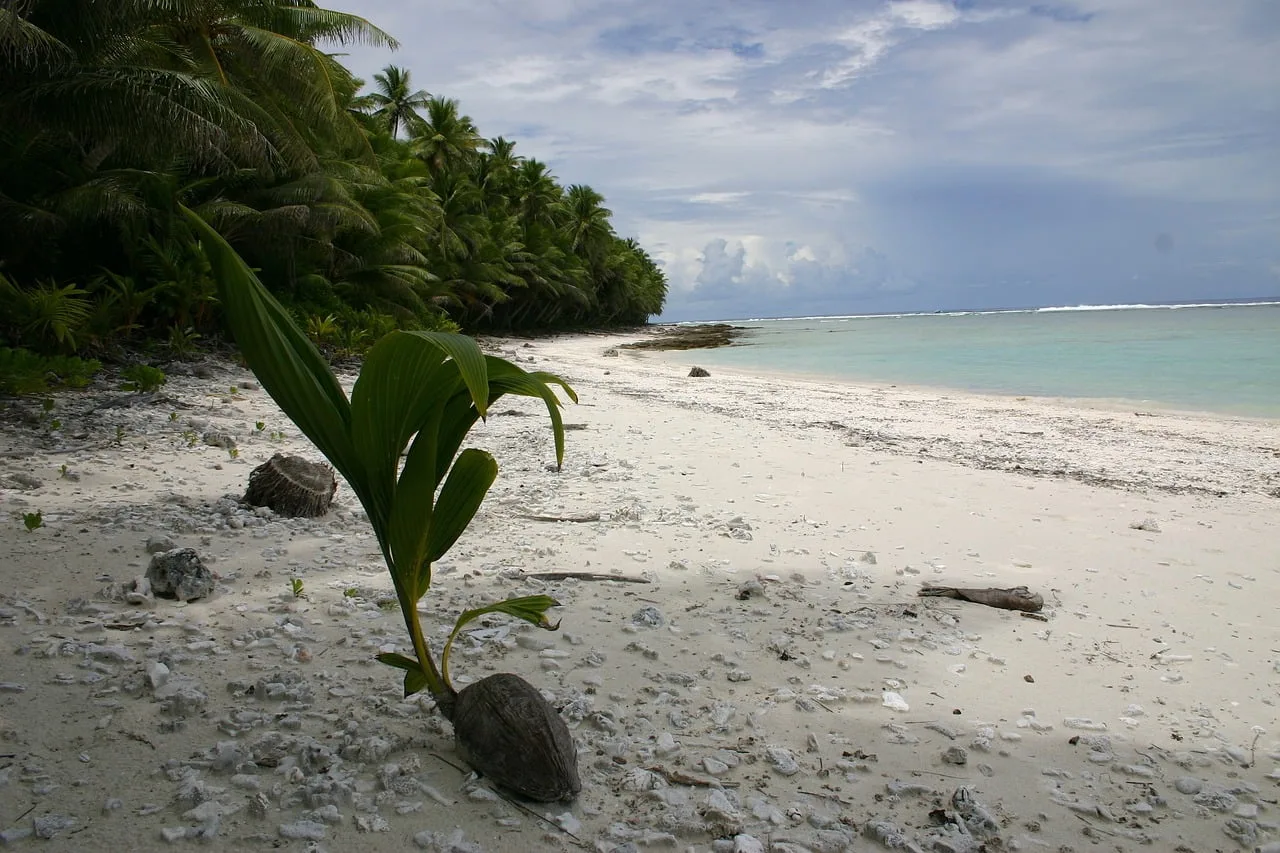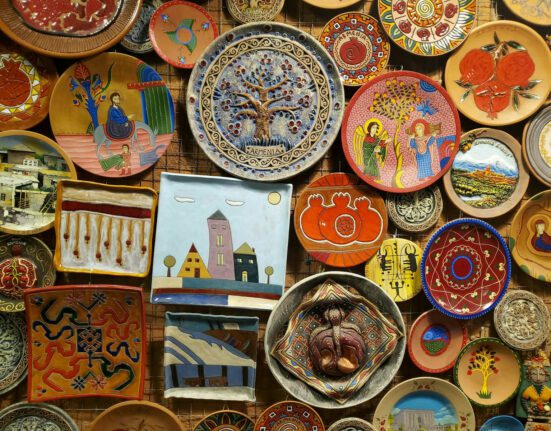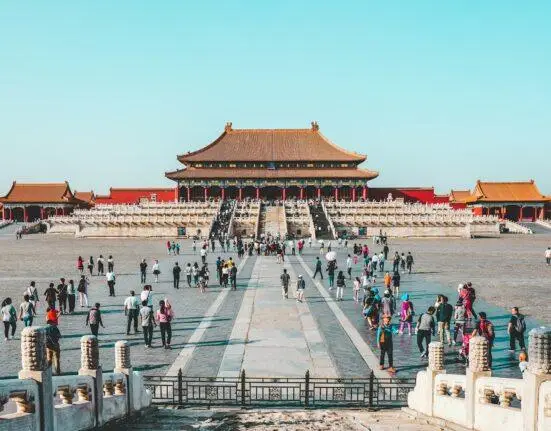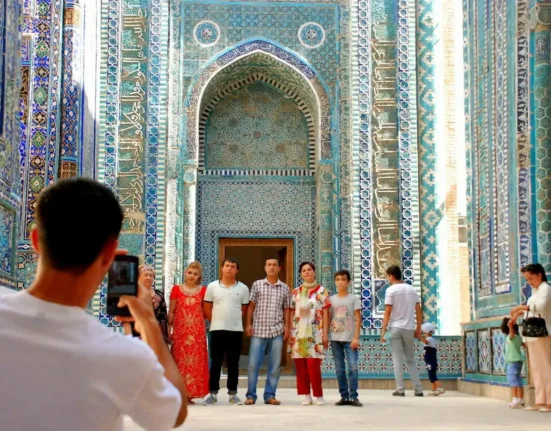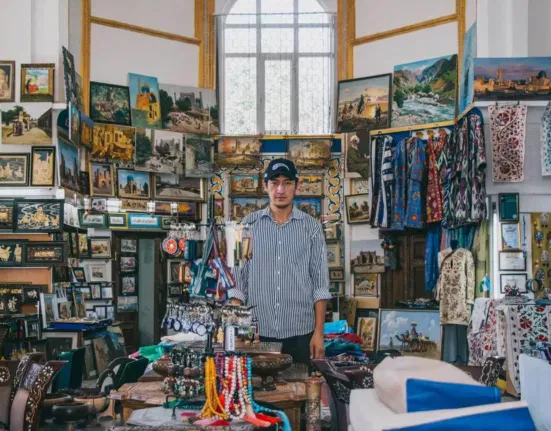Summary. This article covers tourist safety in American Samoa and discusses the potential risk of visiting the destination. It examines the current COVID-19 risk associated with the country, as well as looking at crime rates and safety tips for travelers. Additionally, the article provides information on the healthcare system, travel advisories, climate, and more. Overall, the article provides useful guidance for travelers considering a trip to American Samoa, assessing the likelihood of any potential risks during their stay.
Have you ever wondered just how risky it is to visit American Samoa? While the beautiful island group and its world-famous beaches are tempting, you may have some safety concerns. That’s why we’re taking a closer look at the question of ‘How Risky Is It To Visit American Samoa?’ To answer that question, it helps to explore the risk factors associated with American Samoa. From air-travel to criminal behavior, we’ll dive into the data and provide an informed assessment. But first, let’s talk about some basics. What is American Samoa? American Samoa is an unincorporated U.
territory located in the South Pacific Ocean. It is composed of five main islands, of which the largest and most populous is Tutuila. If you’ve ever been to the island, you know its beautiful beaches, lush green mountains, and vibrant culture make it a popular destination. So, how risky is it to visit American Samoa? According to the U. S. State Department, American Samoa is considered “generally safe” for travelers.
What are some of these risks? In terms of air travel, American Samoa has a great safety record. The primary airport Pago Pago International Airport (PPG) is served by six U. S. carriers and is known for its excellent operations and air traffic control system. As far as criminal behavior in American Samoa is concerned, Travel. state. gov’s report on the islands states that “crime is generally not a concern for travelers in American Samoa,” and major crimes like robberies, homicides, and kidnappings are rare.
Is American Samoa Safe For Visitors?
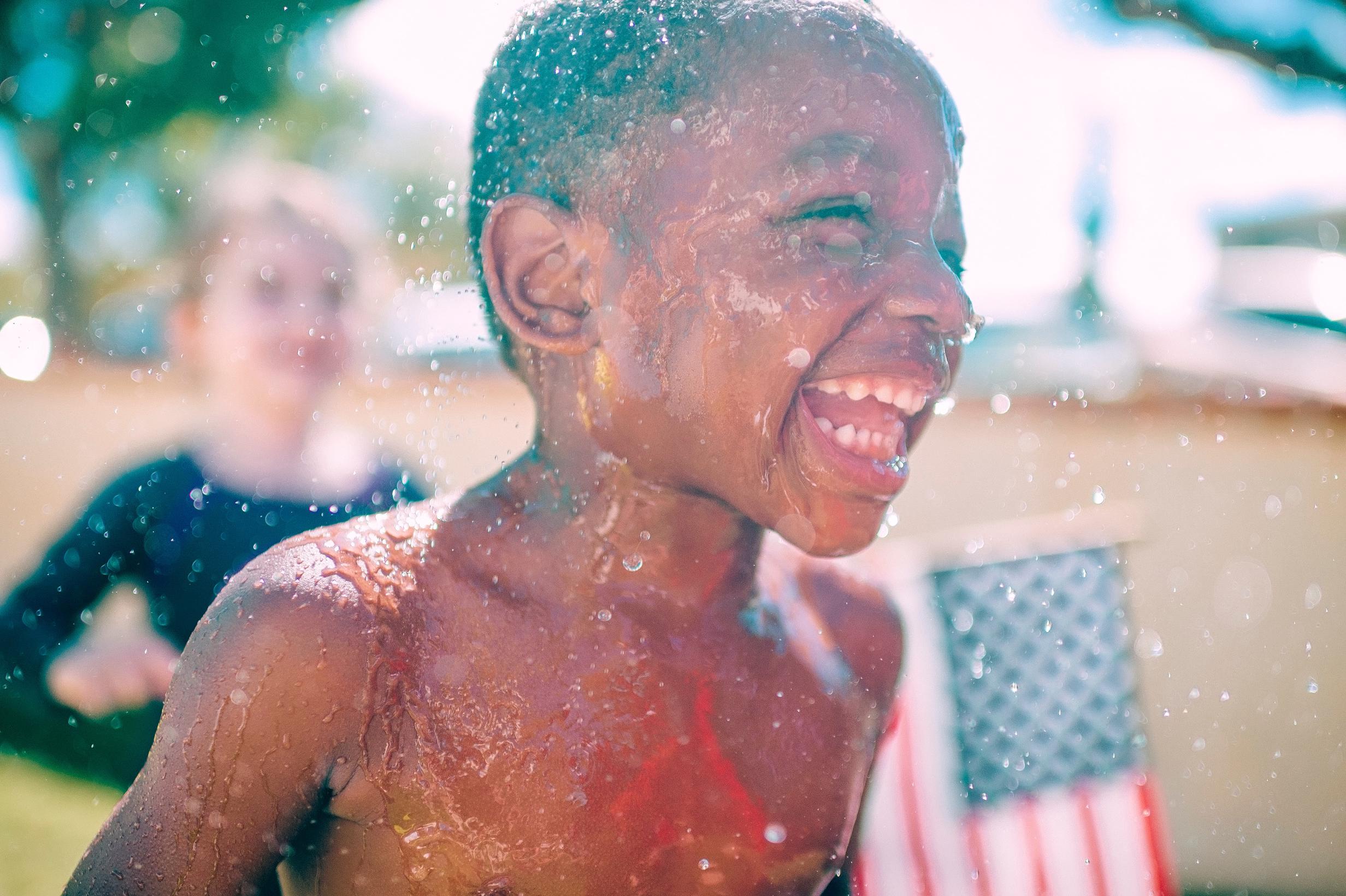
American Samoa is a tiny country in the Pacific Islands that some people may be hesitant to visit. Risk increases when a location is unknown, as it does in many places. How dangerous is it then to go to American Samoa? It’s crucial to consider the facts while estimating risk. American Samoa is a group of islands in the Pacific Ocean that are renowned for both their natural beauty and their vibrant culture.
The majority of criminals live permanently on the islands, and the police are good at catching and prosecuting offenders. Similar to many other island destinations, American Samoa is vulnerable to tropical storms and flash flooding, especially during the cyclone season. The typical traveler to American Samoa is mostly unaffected, notwithstanding the rare weather-related inconvenience. As a result, there is no need to worry too much while visiting American Samoa.
In order to protect themselves, travelers should be aware of mosquito-borne illnesses including Zika, dengue fever, and malaria. Overall, visiting American Samoa is a great way to see the country’s warm seas, stunning beaches, and verdant forests. Conversation with the locals may provide a unique insight into their culture and way of life. Locals will be eager to offer recommendations and advise on the finest sites to visit. Rest assured that American Samoa is generally a safe and friendly place for tourists to explore if you’re thinking about visiting. You’ll enjoy a great trip if you use some common sense and advance planning.
Going To American Samoa Alone: Is It Safe?
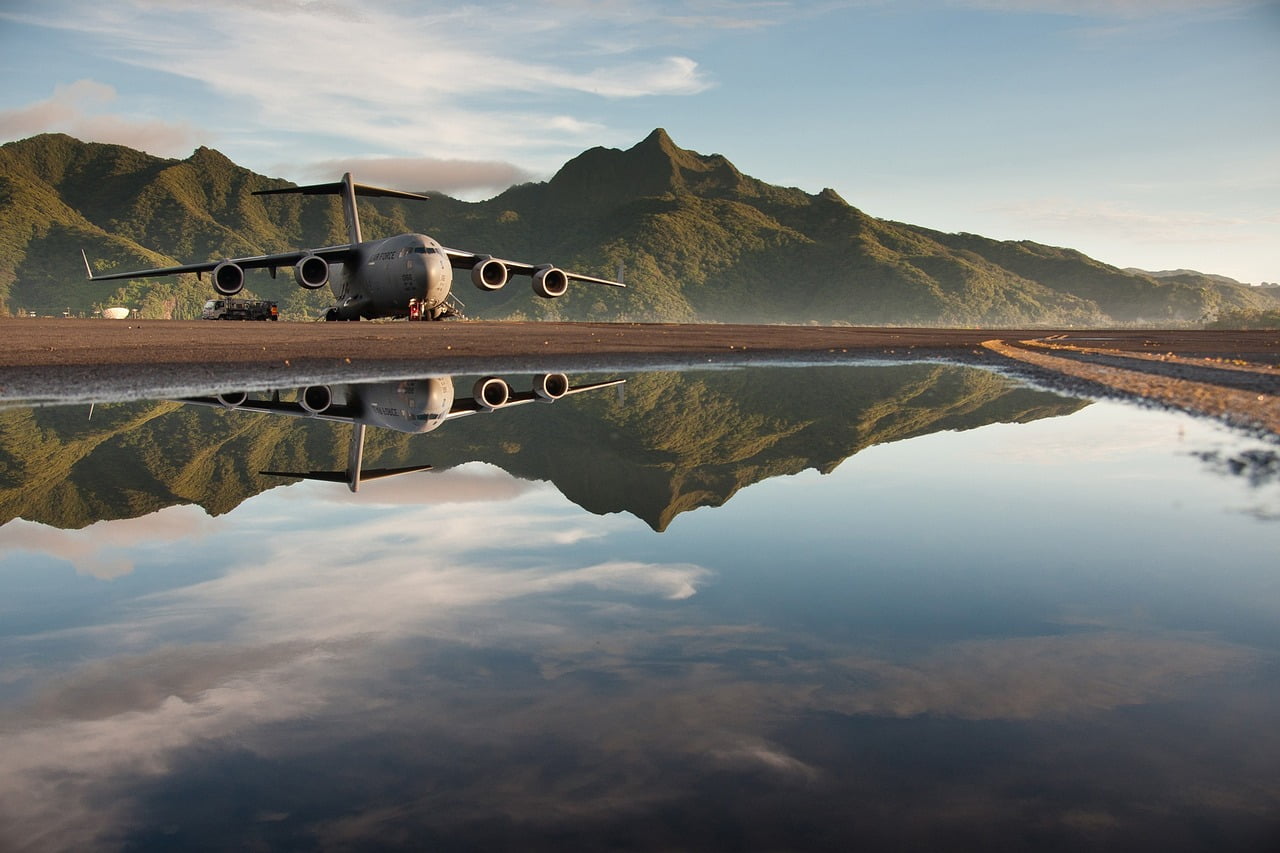
There are many reasons to visit American Samoa, from the breathtaking beaches and luxuriant rainforests to the distinct culture and cuisine. But many visitors are unsure about the safety of traveling alone. In actuality, American Samoa is a place that is secure for lone visitors. According to the Global Peace Index, it is one of the safest nations in the planet, coming in second place only to Denmark. With a long tradition of peace and hospitality, it is also one of the South Pacific’s most politically stable nations.
You may easily navigate about American Samoa without depending on taxis or rental automobiles because to the country’s accessible, dependable, and affordable public transit. When you are out in public, you should avoid getting sidetracked by your phone or camera and pay close attention to your safety. You may rely on the police and other emergency services in American Samoa to be dependable and quick to respond if you run into any hazardous circumstances. In fact, the crime rate is so low that it is often safe to wander about late at night.
Since everyone in the area speaks both languages, communication is simple. And since the people of American Samoa are so warm and kind, you may feel safe chatting with them. American Samoa is generally a secure location for lone travelers. You will like the kind welcome, the breathtaking scenery, and the delectable cuisine whether you choose to explore alone or as part of a tour group. So don’t let fear of safety deter you from embarking on the trip of a lifetime and discovering the South Pacific’s breathtaking beauty.
Is American Samoa Safe For Girls?
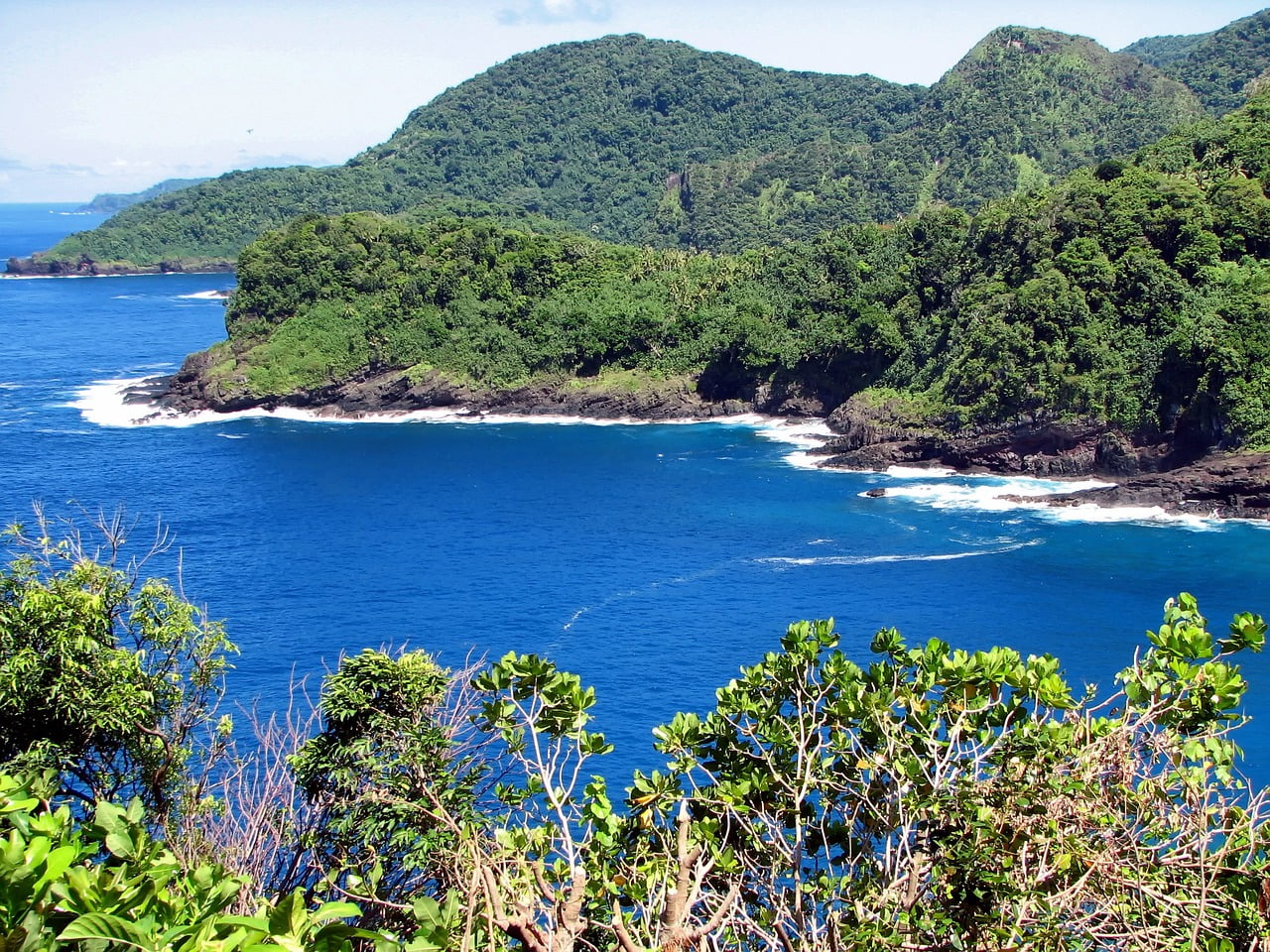
Although many people aspire to visit the idyllic South Pacific archipelago of American Samoa, is it safe for women to travel there? In actuality, American Samoa is among the world’s safest travel destinations. Despite having a bad image for being a rural backwater with poor infrastructure, the nation has a very low crime rate, and tourists will immediately feel at home among the kind residents. The extremely devout and family-oriented Samoans are very kind to women. Both male and female tourists are expected to respect the cultural traditions and worldviews of others.
American Samoa benefits from having a strong presence from law enforcement and emergency services in addition to the low crime rate and the welcoming nature of the population. At the nation’s resorts and beaches, visitors can likewise anticipate the highest level of security. All things considered, these precautions make visiting American Samoa a secure and enjoyable experience for everyone. Common sense is the greatest form of protection for ladies visiting American Samoa on their own.
Never take food or beverages from strangers, and use additional caution while drinking alcohol. Finally, if you ever feel uncomfortable or dangerous, don’t be afraid to ask for assistance. Overall, American Samoa’s welcoming and secure atmosphere makes it the ideal place for women to go. Regardless of your gender, American Samoa provides a wealth of activities for both leisure and adventure, from beaches and snorkeling to breathtaking hiking routes and cultural events. So don’t let worries about safety stand in your way—American Samoa is a welcome and safe place for everyone!
What Is Not Allowed In American Samoa?
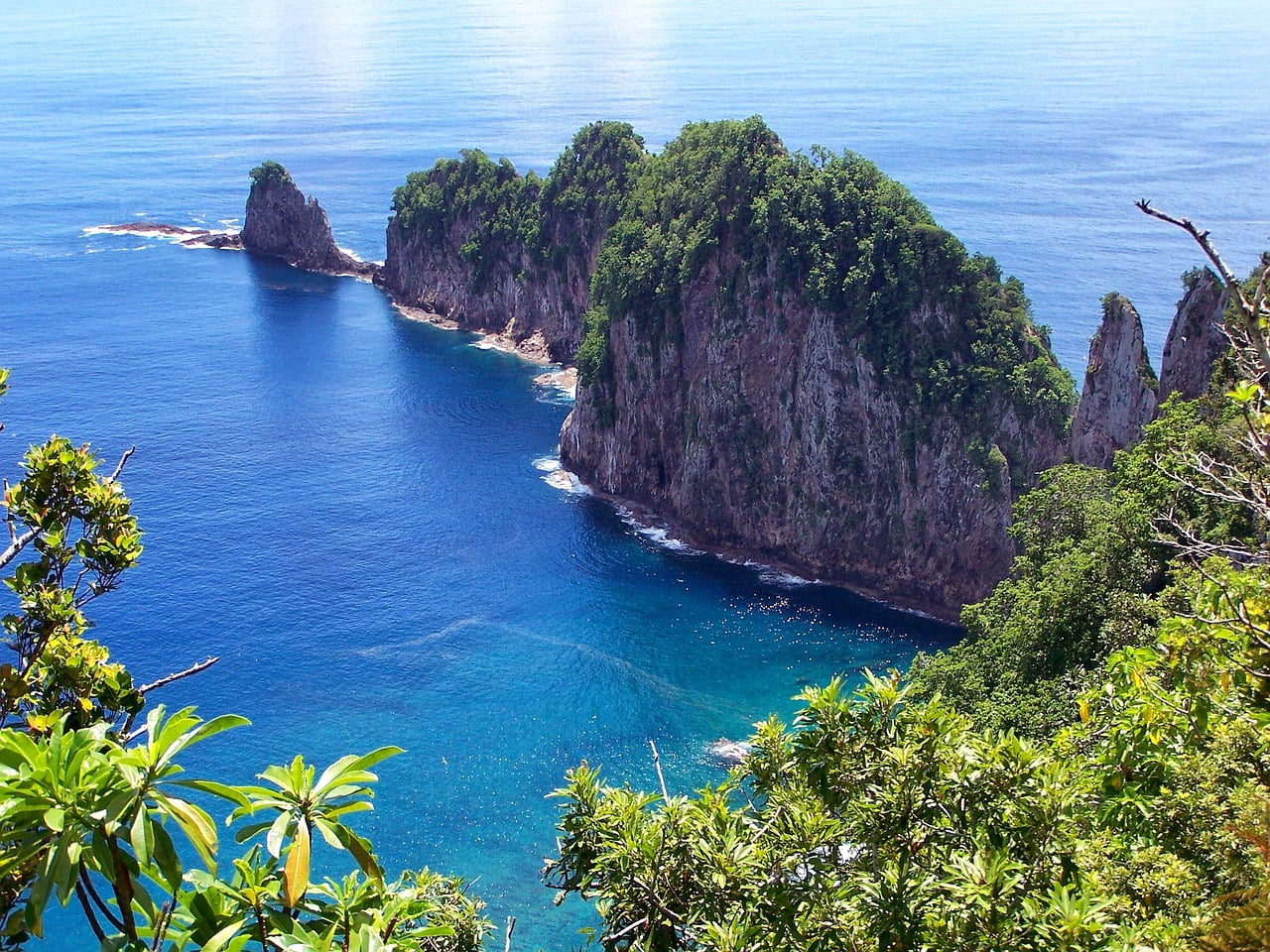
Safety is most likely your primary concern when choosing where to go on vacation. So, if you’re wondering how dangerous it is to go to American Samoa, read this. Despite the fact that the nation is a peaceful region of the globe, there are still a few activities that are forbidden in American Samoa that may get visitors into trouble. The government has put in place a few regulations that visitors must follow in order to safeguard the people and ecology of this lovely U. S. territory.
First and foremost, tourists are not permitted to enter US territory with tobacco products or e-cigarettes. Cigarettes, cigars, pipes, and smokeless tobacco are all included in this. Travelers are allowed to carry tobacco products with them, but they must disclose all of them to the customs officers when they arrive. Alcohol is also not permitted in American Samoa. Beer, wine, and distilled spirits fall within this category.
While bringing alcohol into the country may be possible, keep in mind that you’ll need to declare it at customs and that it will be subject to inspection. Ammunition and guns are likewise prohibited in American Samoa. It is absolutely forbidden to carry guns, and all firearms, even those held privately and those given by the government, must be disclosed to US authorities upon entering. Finally, notwithstanding what the laws of a visitor’s home country may imply, narcotics are not permitted and are deemed prohibited in American Samoa. Drug possession may result in serious fines in addition to possible criminal penalties.
Last Word: Our Conclusion
Visiting American Samoa sounds risky, and you may be wondering just how much of a risk it really is. The truth is that American Samoa has some health and safety risks associated with it – but the truth is that it isn’t that much different from other popular travel destinations, and these risks can be minimized with a bit of common sense. So, how risky is it to visit American Samoa? Let’s start with the most obvious risk: travel in American Samoa may involve dangerous road conditions.
Additionally, the region is prone to frequent and sometimes unexpected flooding, which can lead to dangerous situations. Ultimately, the risk in American Samoa isn’t really that much greater than the risk in any other popular travel destination. Safe travelers should use their common sense and adhere to local laws, as well as pay attention to local weather conditions.
The risks associated with visiting American Samoa are not insurmountable. While it is important to be aware of the potential dangers that may exist, careful planning and common sense can help keep travelers safe. So, for those of you looking for a unique travel experience – why not give American Samoa a chance? Are you ready to take a risk and explore this amazing paradise?
Frequently Asked Questions (FAQs)
What is the major problem in Samoa?
Other issues include high levels of youth unemployment, rising costs of living, and inadequate access to healthcare and education. Additionally, the country is vulnerable to natural disasters such as cyclones, floods and droughts, which can have a significant impact on the country’s infrastructure and economy.
What are the biggest problems in Samoa?
Overpopulation: Samoa’s population has grown rapidly in recent years and is now estimated to be close to 200,000 people. This has put a strain on resources and infrastructure and has made it difficult for the government to provide adequate services. 2. Unemployment: The unemployment rate in Samoa has been steadily increasing in recent years, reaching as high as 30% in 2017. This has been caused by a lack of job opportunities and an influx of foreign workers to the country. 3. Poverty: Poverty is a major problem in Samoa, with an estimated 40% of the population living below the poverty line. This is due to a lack of economic opportunities, low wages, and a lack of access to basic services
What are some obstacles in Samoa?
Lack of Infrastructure: Samoa’s infrastructure is lacking in many areas, including roads, telecommunications, and energy. This limits economic growth and access to services. Natural Disasters: Samoa is prone to tropical storms, cyclones, floods, and tsunamis. These can cause significant damage to the infrastructure and economy of the island. Overpopulation: Samoa’s population has grown rapidly over the past few decades, leading to overcrowding, a lack of resources, and environmental degradation. Limited Education: Access to education is limited in Samoa, with only a few secondary schools and universities. This limits opportunities for young people to gain the skills they need to compete in the
What are some environmental issues in Samoa?
Deforestation: Samoa has lost over 90% of its primary forests due to logging, agricultural expansion and firewood collection. This has led to soil erosion, loss of biodiversity, and disruption of water cycles. Marine Pollution: Pollution from agricultural runoff, sewage, and industrial waste has caused coral bleaching, reduced fish stocks, and increased ocean acidification. Climate Change: Samoa is particularly vulnerable to the impacts of climate change, including sea level rise, increased storm activity, and disruptions to agricultural production. Waste Management: Poor waste management infrastructure has caused a buildup of plastic and other waste in the environment, leading to health and environmental risks.
Your Next Adventure Starts Here – Don’t Miss Out!
Everything you need to book, plan, and live your dream trip—right at your fingertips. The best deals and experiences sell out fast, so start exploring now before they’re gone.
Score unbeatable airfare deals with Skyscanner and Expedia. Compare flights worldwide, find hidden discounts, and book in minutes. Lock in your ticket now before prices jump.
Find the perfect place to stay anywhere in the world. Compare prices, read reviews, and book instantly for peace of mind on your travels.
Protect yourself while traveling with comprehensive insurance options. Quick setup, global coverage, and peace of mind wherever you go.
Discover tours, activities, and unforgettable experiences. Book easily online and explore at your own pace.
Get your Revolut card to manage your finances effortlessly while traveling. Instant digital setup, low fees, and worldwide acceptance make spending safe and simple.
Stay connected anywhere with global eSIMs from Airalo. Easy setup and affordable data plans for travelers.
Book local experiences and deals effortlessly with Saily. Save money while discovering unique activities.
Claim compensation for delayed or canceled flights with AirHelp. Quick and hassle-free process for travelers.
Love our content? Support our team in content creation via Buy Me a Coffee. Every contribution helps us deliver better guides, tips, and travel inspiration.

